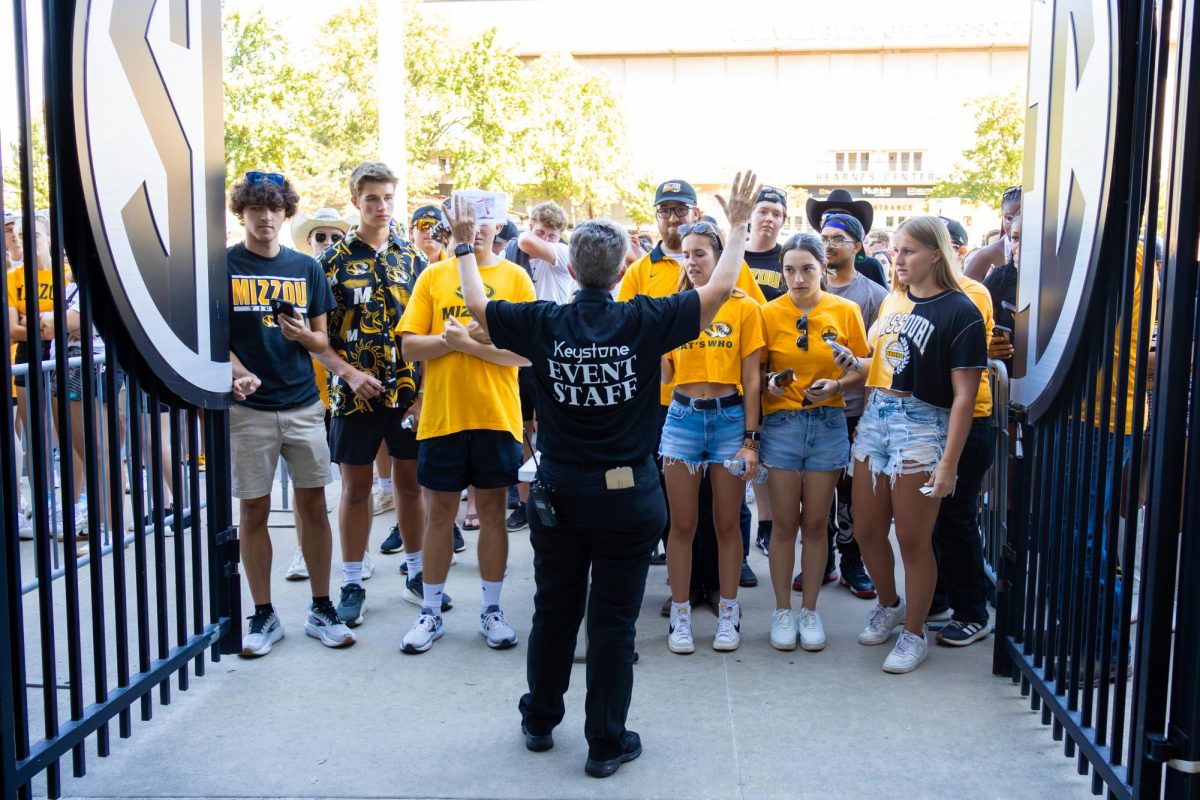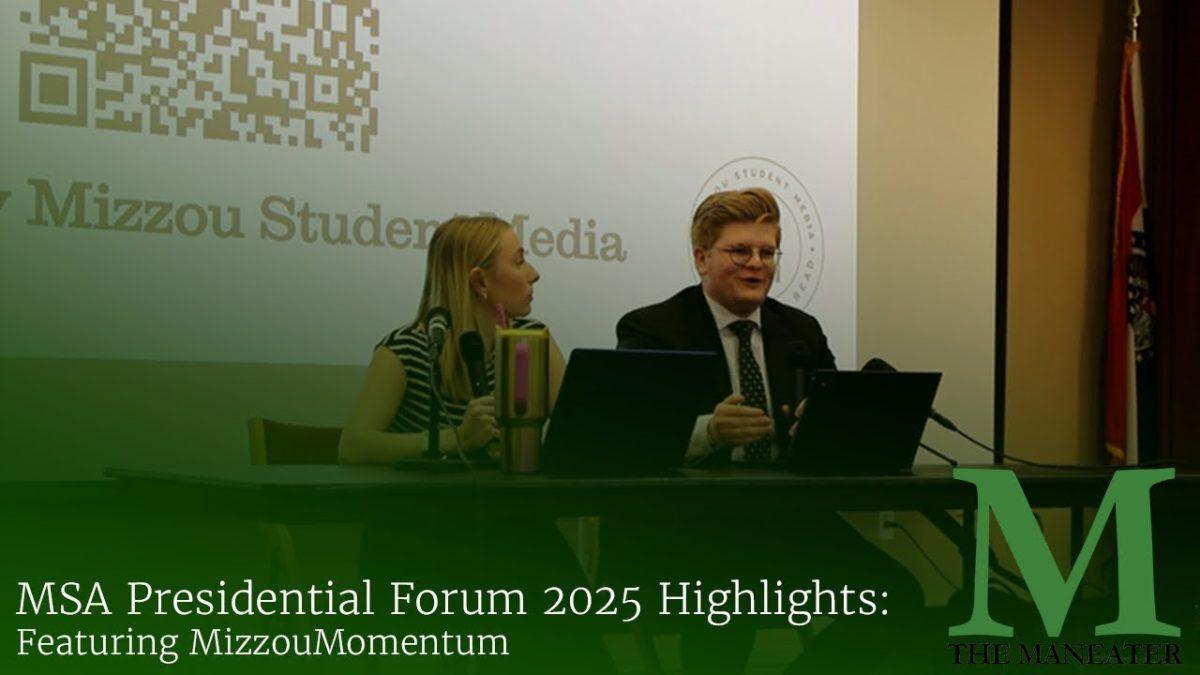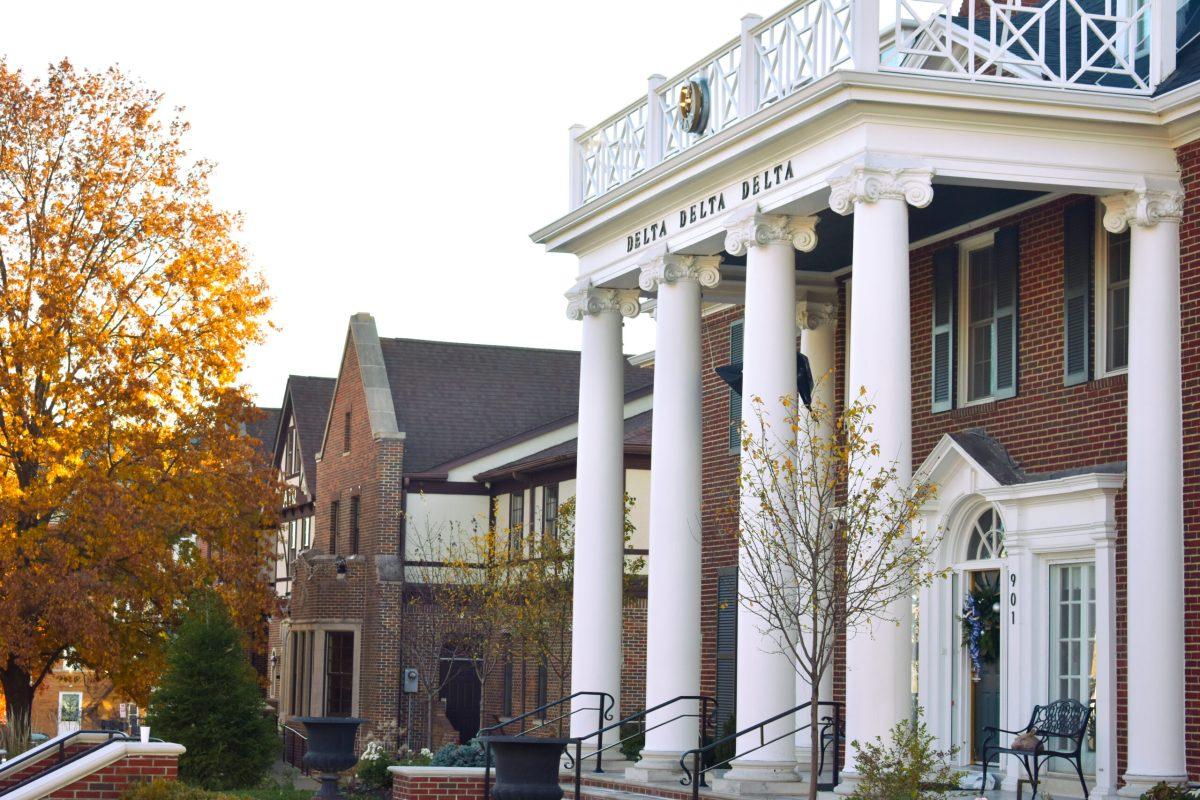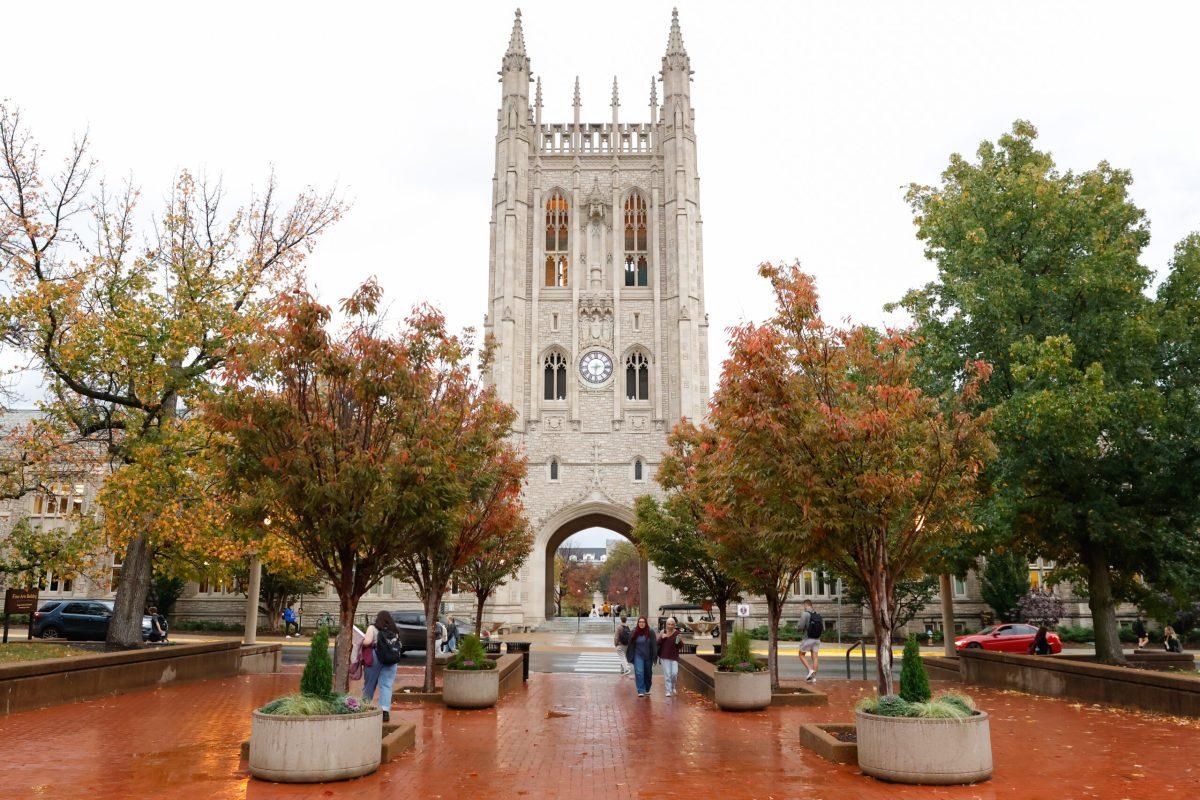Video by Sophie Rentschler
MU faculty members are exploring the formation of galaxies using the revolutionary James Webb Space Telescope images of our solar system. Haojing Yan, associate professor of physics and astronomy, had been longing for space data as game-changing as The James Webb Space Telescope images revealed to the public on July 12, along with multitudes of astrophysicists across the globe who were eager to get their hands on the data. According to Yan, this data has the possibility to transform the structure of physics classes at MU.
For many physicists across the nation, groundbreaking discoveries like these can change one’s research plans completely. With The James Webb Space Telescope data emerging, Yan had to put his initial summer research plans on pause to devote his time to new research related to the data.
“When [Webb] was launched … I was so scared,” Yan said. “I didn’t want to watch it because anything can go wrong.”
A year before Yan received his doctorate in the early 2000s, Rodier Windhorst, a professor at Arizona State University’s School of Earth and Space Exploration, was one of Yan’s supervisors. Windhorst predicted Yan would work with The James Webb Space Telescope data in his postdoctoral years. However, the telescope was not launched until more than 20 years later.
“Now it’s my students working on that data in their post-doctorate years,” Yan said.
In recent months, MU’s physics department has worked with the images to draw conclusions about the universe. This requires changes to parts of its courses to be more relevant with new space data. Yan said that The James Webb Space Telescope is completely interrelated to research within the MU physics department.
Yan’s specific research is focused on analyzing galaxies. The James Webb Space Telescope’s images help physicists like him tell a deeper story about galaxies and the collections of stars and space matter within the galaxies. This is valuable information in advancing MU’s methods of teaching physics and astronomy.
“It’s revolutionary,” Yan said. “It’s not only [impactful] in the way that we do our own research; [Webb] will also impact how we produce Ph.D.s … and even how we educate our undergrads.”
Although data from the Hubble Space Telescope still assists physicists in making discoveries in space, The James Webb Space Telescope provides magnification that is worlds clearer. The James Webb Space Telescope uses infrared light to detect celestial bodies, enabling it to see much farther into the cosmos than The Hubble Space Telescope.
“This window [of electromagnetic waves] has been explored before, but it’s not at that sensitivity, not at that special resolution,” Yan said. “So, we can see things much deeper. We can see things much finer.”
This new technology will impact students and their steps toward a degree in physics and astronomy. Yan plans to incorporate data from The James Webb Space Telescope into his future courses. The goal for MU physics professors like Yan is to educate students with the most relevant data, by immersing them in real world research.
“For example, [if] something that we believed to be true previously is no longer true … then we have to change our way of explaining things,” Yan said.
In Yan’s mind, one of the larger purposes of MU’s physics department is to give students the advanced tools and education to take flight into ongoing research after their time at MU.
“When we are trying to foster the next generation of astronomers, we will use the most advanced data,” Yan said. “Our students will be able to get on the forefront to do their research.
Edited by Olivia Mizelle | [email protected]
Copy edited by Shirin Xavier and Jacob Richey



















